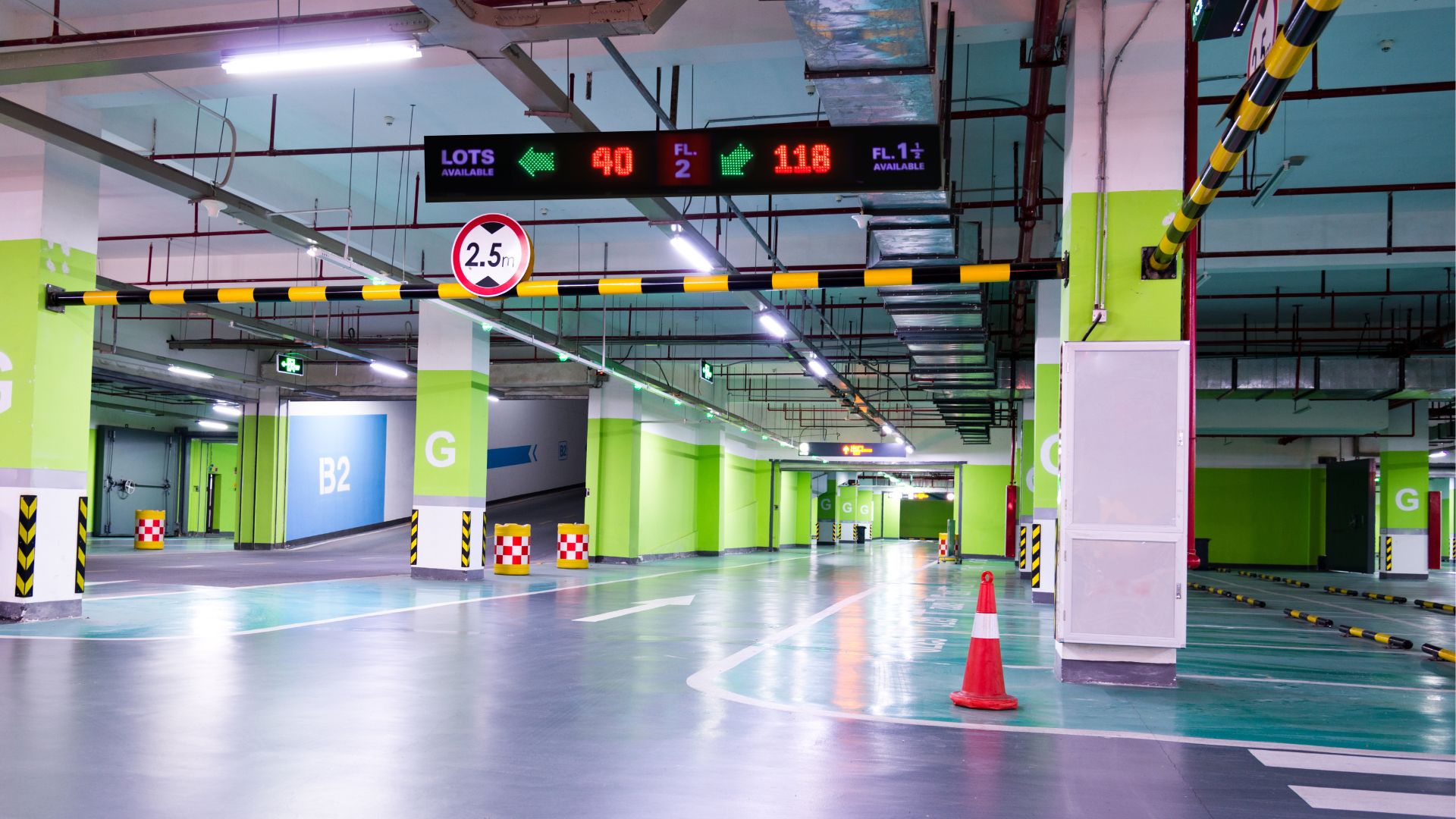Automated vehicle storage systems, also known as mechanical parking structures, are revolutionizing the way we think about parking. These innovative systems utilize advanced technology to efficiently store and retrieve vehicles in a compact and organized manner. In this article, we will delve into the economics of automated vehicle storage systems and explore their benefits, costs, and potential impact on the future of parking.
The Advantages of Automated Vehicle Storage Systems
Increased Parking Capacity: One of the primary advantages of automated vehicle storage systems is their ability to maximize parking capacity. Traditional parking lots often suffer from limited space, leading to congestion and frustration for drivers. Mechanical parking structures, on the other hand, can accommodate a significantly higher number of vehicles in a smaller footprint.
Improved Efficiency: Automated vehicle storage systems offer a streamlined and efficient parking experience. With the use of advanced robotics and computerized controls, these systems can swiftly retrieve parked cars upon request, minimizing wait times for drivers. This increased efficiency not only enhances user satisfaction but also reduces traffic congestion around parking facilities.
Enhanced Security: Traditional parking lots are susceptible to thefts, vandalism, and accidents. Automated vehicle storage systems provide enhanced security features such as surveillance cameras, access control systems, and restricted entry points. These measures help protect vehicles from theft or damage, providing peace of mind to car owners.
Environmental Benefits: Mechanical parking structures contribute to a greener environment by reducing the need for sprawling parking lots that consume valuable land resources. By utilizing vertical space efficiently, these systems minimize land usage and preserve green spaces in urban areas.

Cost Savings: While the initial investment in an automated vehicle storage system may seem significant, it can result in long-term cost savings. These systems require less maintenance compared to traditional parking lots and can reduce labor costs associated with managing large-scale parking facilities.
The Costs of Implementing Automated Vehicle Storage Systems
Initial Capital Investment: The installation of an automated vehicle storage system requires a substantial upfront investment. The cost varies depending on factors such as the size of the system, technological features, and customization options. However, it is important to consider the long-term benefits and potential cost savings associated with these systems.
Maintenance and Repairs: Like any complex machinery, automated vehicle storage systems require regular maintenance to ensure optimal performance. This includes servicing robotic mechanisms, conducting software updates, and inspecting safety features. While these ongoing costs are lower compared to traditional parking lot maintenance, they should be factored into the overall economic analysis.
Energy Consumption: Automated vehicle storage systems utilize electricity to power their robotic components and lighting systems. While energy-efficient designs help minimize consumption, it is crucial to consider the impact on utility bills when evaluating the economics of these systems.
Customization and Integration: Depending on the specific requirements of a parking facility, customization and integration costs may arise. This could involve adapting the system to fit existing infrastructure or incorporating additional features such as charging stations for electric vehicles. These costs should be carefully considered during the planning phase.
Regulatory Compliance: Before implementing an automated vehicle storage system, it is essential to ensure compliance with local regulations and building codes. This may involve obtaining permits or conducting structural modifications to meet safety standards. The associated costs should be factored into the overall economic assessment.
FAQs about Automated Vehicle Storage Systems
homeQ1: Are automated vehicle storage systems suitable for all types of vehicles? A1: Yes, these systems can accommodate a wide range of vehicles including sedans, SUVs, motorcycles, and even bicycles.
Q2: Can multiple vehicles be retrieved simultaneously from an automated vehicle storage system? A2: Yes, advanced systems can retrieve multiple vehicles simultaneously using sophisticated robotic technology.

Q3: How secure are automated vehicle storage systems against theft or damage? A3: These systems are equipped with advanced security features such as surveillance cameras, access control systems, and alarms to protect vehicles from theft or damage.
Q4: Can automated vehicle storage systems be integrated with smart parking management systems? A4: Yes, these systems can be seamlessly integrated with smart parking management systems, parking allowing for efficient monitoring and control of parking operations.
Q5: What is the typical lifespan of an automated vehicle storage system? A5: With proper maintenance, these systems can have a lifespan of 20 years or more, making them a long-term investment.

Q6: Do automated vehicle storage systems require regular inspections for safety compliance? A6: Yes, regular inspections are necessary to ensure that the system meets safety standards and operates smoothly.
Conclusion
Automated vehicle storage systems offer a parking compelling solution to the challenges of traditional parking facilities. Their ability to maximize parking capacity, improve efficiency, enhance security, and contribute to a greener environment make them an attractive option for urban areas. While there are upfront costs associated with implementing these systems, the long-term benefits and potential cost savings justify the investment. As technology continues to advance, automated vehicle storage systems are poised to play a significant role in shaping the future of parking.